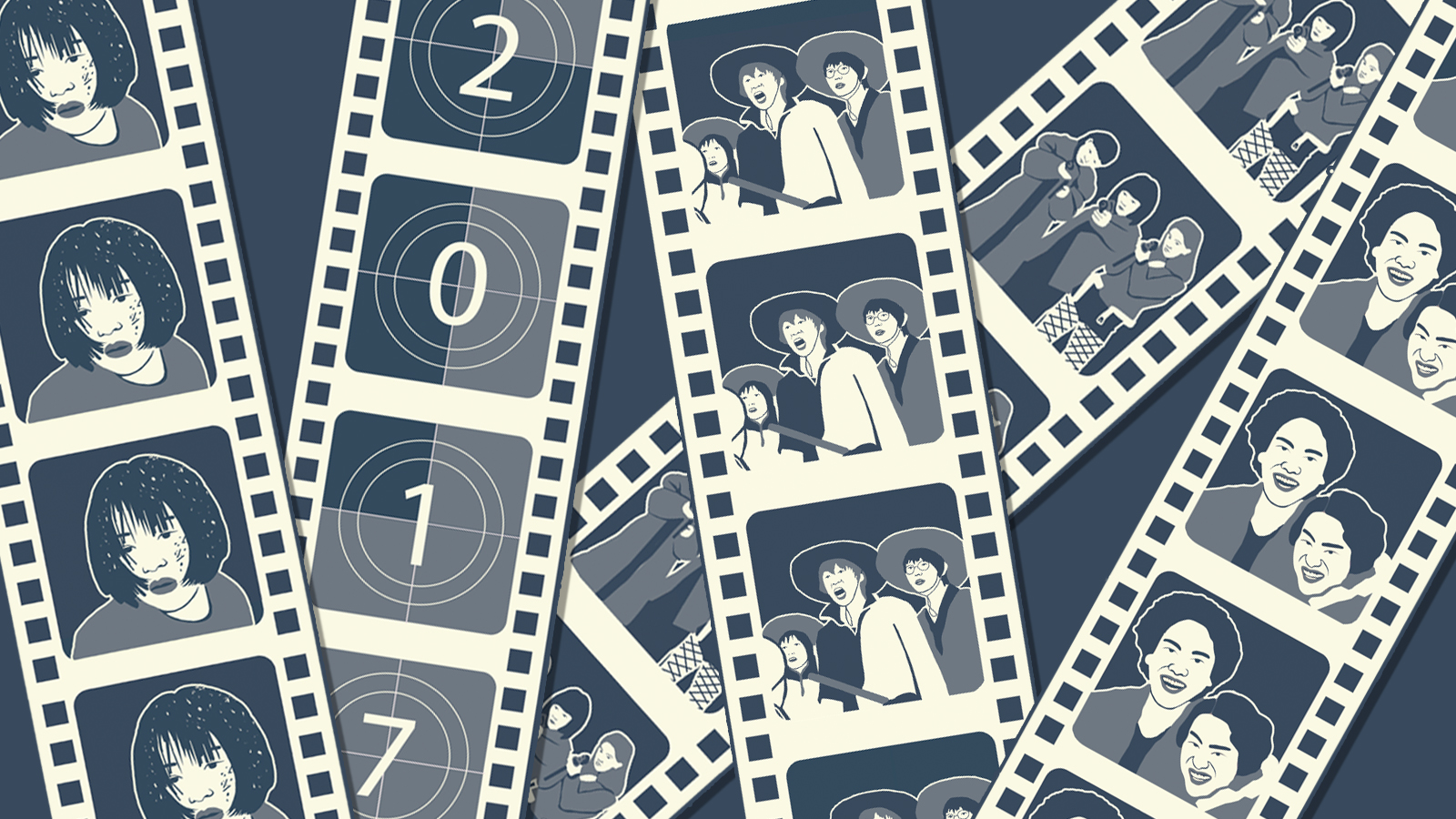In a quarter-century of reporting on the Japanese film industry, I've yet to find one optimist about its future.
I used to regularly hear laments from veteran filmmakers and executives who remembered the industry's 1950s glory days, when admissions exceeded 1 billion annually and the major studios were churning out new double-bills nearly every week. By the early 1990s, however, admissions were down to about one-eighth of postwar peaks and, with the exception of anime and the occasional domestic live-action hit, Hollywood dominated the box office. No wonder they only saw black clouds on the horizon.
But even in the past decade, when local production numbers have soared and Japanese films have usually won a majority market share over their Hollywood rivals, the prevailing mood has still been gloom and doom. One reason: A growing gap between the rich, led by production/distribution behemoth Toho, and the poor, such as young directors making indie films for the "mini theater" (art house) market. The former produce films almost exclusively from proven properties in other media, particularly manga, while the latter face a steady shrinkage in both budgets and screening slots. The end result: a creative hollowing-out.



















With your current subscription plan you can comment on stories. However, before writing your first comment, please create a display name in the Profile section of your subscriber account page.